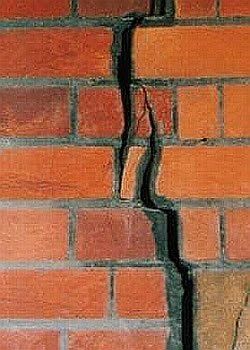Building Surveying
Building Surveying
Defects Diagnosis | Project Management | Party Wall Services
Defects Diagnosis
No matter how insignificant an issue or concern may be, we are ideally placed to offer early expert diagnosis of building defects that will help resolve many property issues and also allay fears. With 30 years' experience we are highly skilled at inspecting buildings.
Typical defects include:
- Cracks in your building
- Subsidence
- Dampness or water ingress into your property
- Mould or rot
- Cavity wall tie failure
- Workmanship issues
Project Management
From the date of incident to final handover we are very experienced at managing the repair of buildings where damage has resulted from Subsidence, Water, Fire, vehicular impact and other causes covered by most insurance policies. This includes:
- Initial measures - organising emergency repairs, drying, propping etc.This includes:
- Detailed scoping of works – writing specification and schedule of repair works
- Selecting and appointing contractors
- Obtaining estimates, tenders and prices
- Contract Administration of the building contract of repair
- Site supervision
- Health & Safety – compliance with Construction Management Regulations (CDM 2015)
Party Wall Services
Does the Party Wall etc. Act 1996 apply to your intended proposals?
Have you been served Notice served under the Party Wall etc Act 1996?
Is your neighbour planning to undertake works where the Party Wall etc. Act 1996 may apply?
Have you been served Notice served under the Party Wall etc Act 1996?





